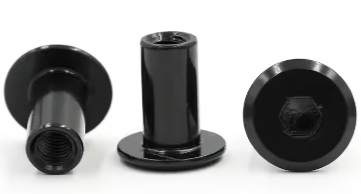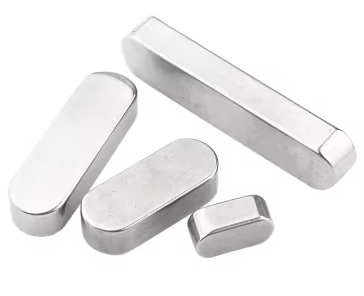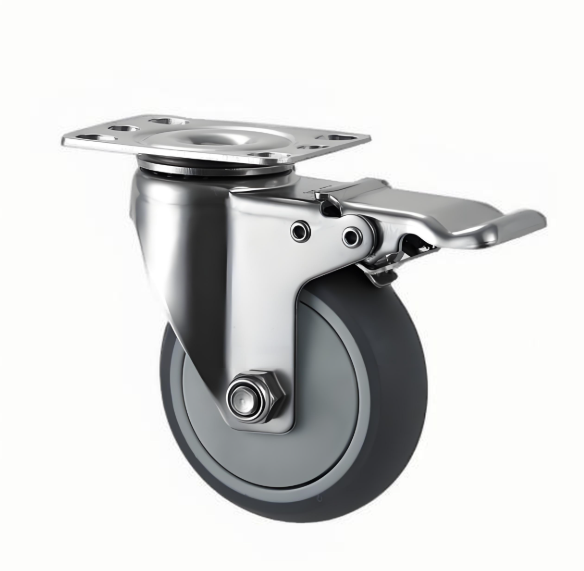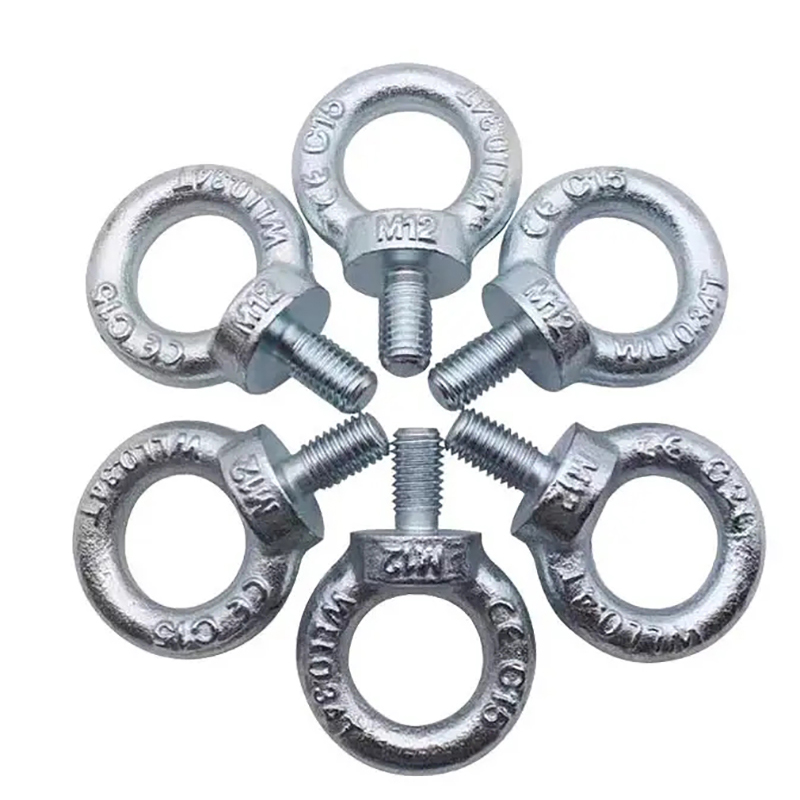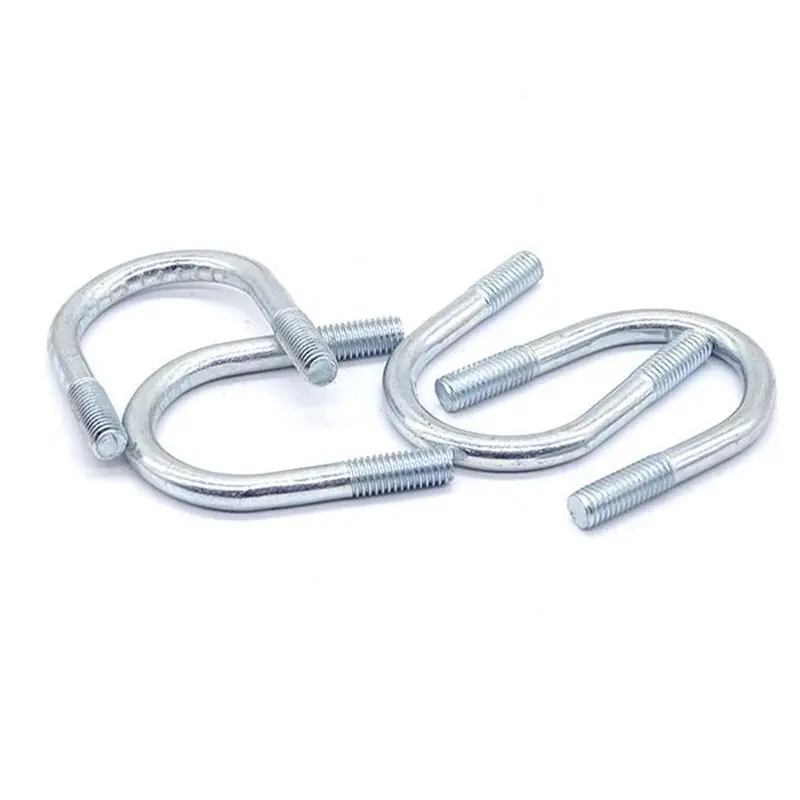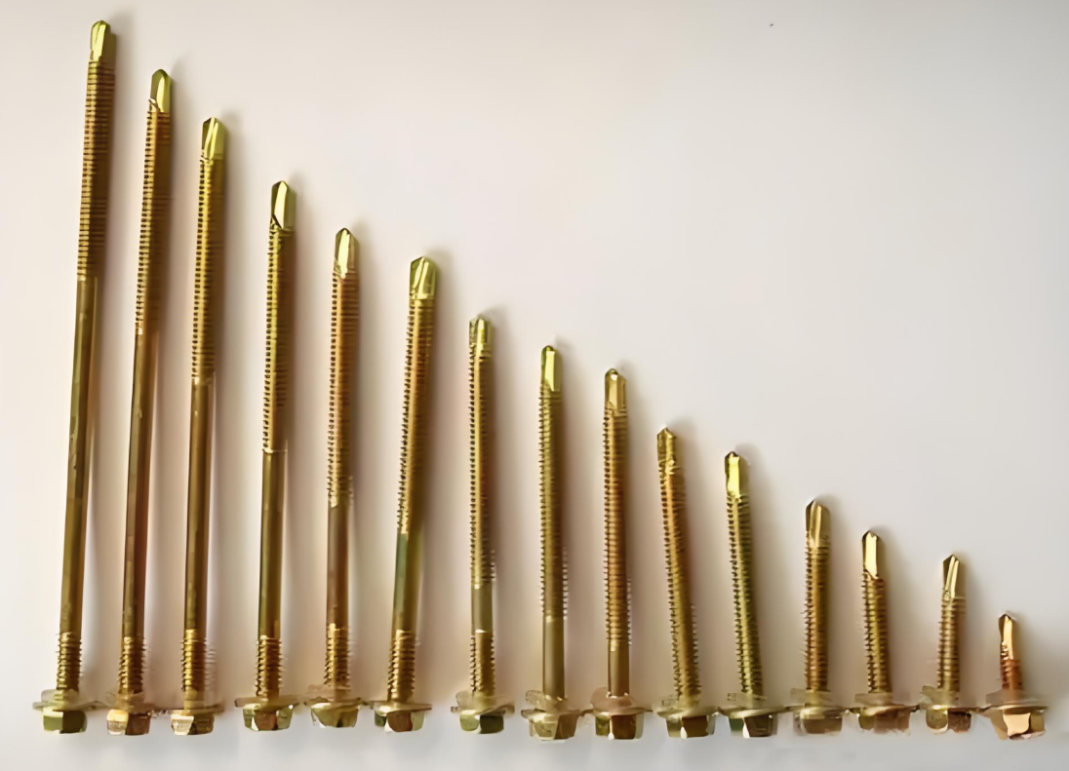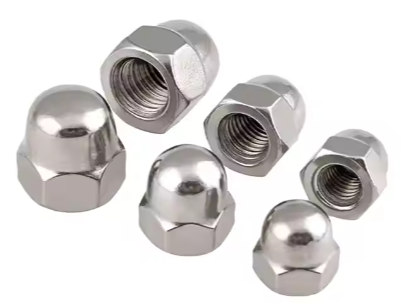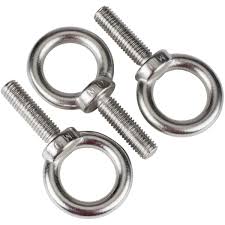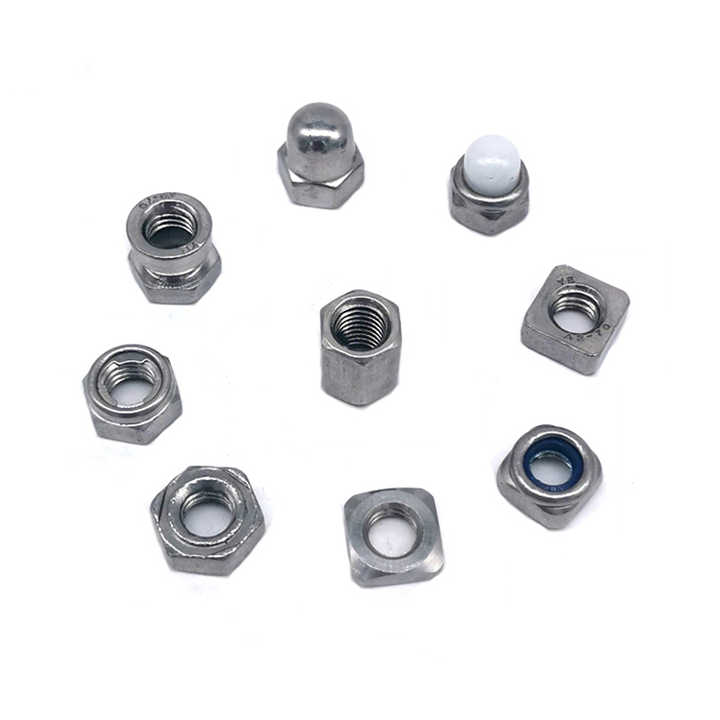

This guide provides a detailed overview of bearing lock nuts, covering their types, applications, manufacturing processes, and selection considerations. Learn about the different materials, designs, and standards involved, and discover how to choose the right bearing lock nut for your specific needs. We'll also explore key quality control measures and industry best practices.
Hexagon bearing lock nuts are the most common type, offering a robust and reliable fastening solution. They are readily available in various sizes and materials, making them suitable for a wide range of applications. Their hexagonal shape provides a good grip for wrenches, ensuring secure tightening. The choice of material often depends on the application's environmental conditions; steel is common for general use, while stainless steel offers corrosion resistance.
Flange bearing lock nuts feature a built-in flange that provides a larger bearing surface, enhancing clamping force and preventing the nut from rotating. This design is particularly useful in applications where vibration or torque are significant concerns. Flange nuts are often used in applications requiring higher load-bearing capacity and improved vibration resistance compared to standard hexagon nuts.
Castle nuts, also known as slotted nuts, provide an additional level of security through a cotter pin inserted into the slots. This prevents the nut from loosening due to vibration or shock. Their design makes them ideal for applications requiring high reliability and safety, such as those found in automotive and aerospace industries. This double-locking mechanism enhances security considerably, especially in high-vibration environments.
The material of a bearing lock nut significantly impacts its performance and lifespan. Common materials include:
| Material | Properties | Applications |
|---|---|---|
| Steel | High strength, good machinability | General purpose applications |
| Stainless Steel | Corrosion resistant, high strength | Outdoor and harsh environment applications |
| Alloy Steel | High strength, superior fatigue resistance | High-stress and critical applications |
The manufacturing process for bearing lock nuts typically involves several steps, including forging, machining, heat treating, and surface finishing. Precision is crucial to ensure the nut's dimensional accuracy and proper functionality. Advanced manufacturing techniques such as CNC machining are often employed to achieve high-precision and consistent quality. For specialized applications, manufacturers may utilize additional processes like plating or coating to enhance corrosion resistance or other desired properties.
Choosing the appropriate bearing lock nut requires careful consideration of several factors, including the application's load requirements, environmental conditions, and desired level of security. Factors such as thread size, material strength, and vibration resistance must be carefully matched to the specific application to guarantee optimal performance and longevity. Consulting relevant industry standards and seeking expert advice can help ensure the right choice for your specific application.
Stringent quality control measures are essential throughout the manufacturing process of bearing lock nuts. This includes regular inspections to ensure compliance with relevant industry standards, such as those set by ISO and ASME. These standards cover various aspects, including material properties, dimensional tolerances, and mechanical testing procedures. Adherence to these standards ensures that the bearing lock nuts meet the required performance and safety standards. Rigorous testing protocols are typically employed to verify the nut's strength, durability, and resistance to loosening under various conditions.
For high-quality bearing lock nuts and other fasteners, consider Hebei Dewell Metal Products Co., LTD. They are a reputable manufacturer with a commitment to quality and customer satisfaction.
1 Information regarding material properties and manufacturing processes is based on general industry knowledge and practices. Specific details may vary depending on the manufacturer and application.

